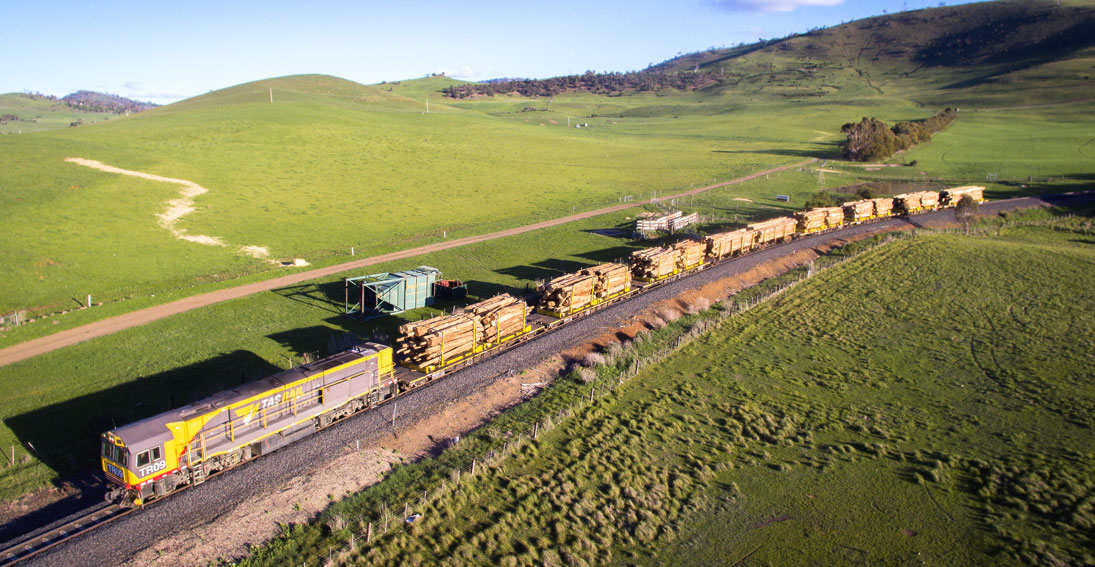

News & Articles
The Long & Prosperous Australian Railway History
Australian Railway Transport
Australia is a land of vast distances between crowded seaside metropolises. Before the national road network, rail served these cities and transported people and products through the mountains and across wide desert landscapes.
The Australian railways have changed significantly over the years, from humble beginnings in the 1850's, to a mix of government and private rail networks, carrying freight and cargo, in shipping containers, all across our great Australian landscape.
At SCF we are a little obsessed with anything shipping container related, and that includes the freight trains of Australia. Seeing a multi-locomotive freight train hauling a hundred shipping containers between cities is a beautiful sight.
Since our love for shipping containers and railway cross-over, we thought we would give you a brief history of Australian freight transport, who are the biggest operators, what is hauled and why we believe rail freight transport is the way to go.
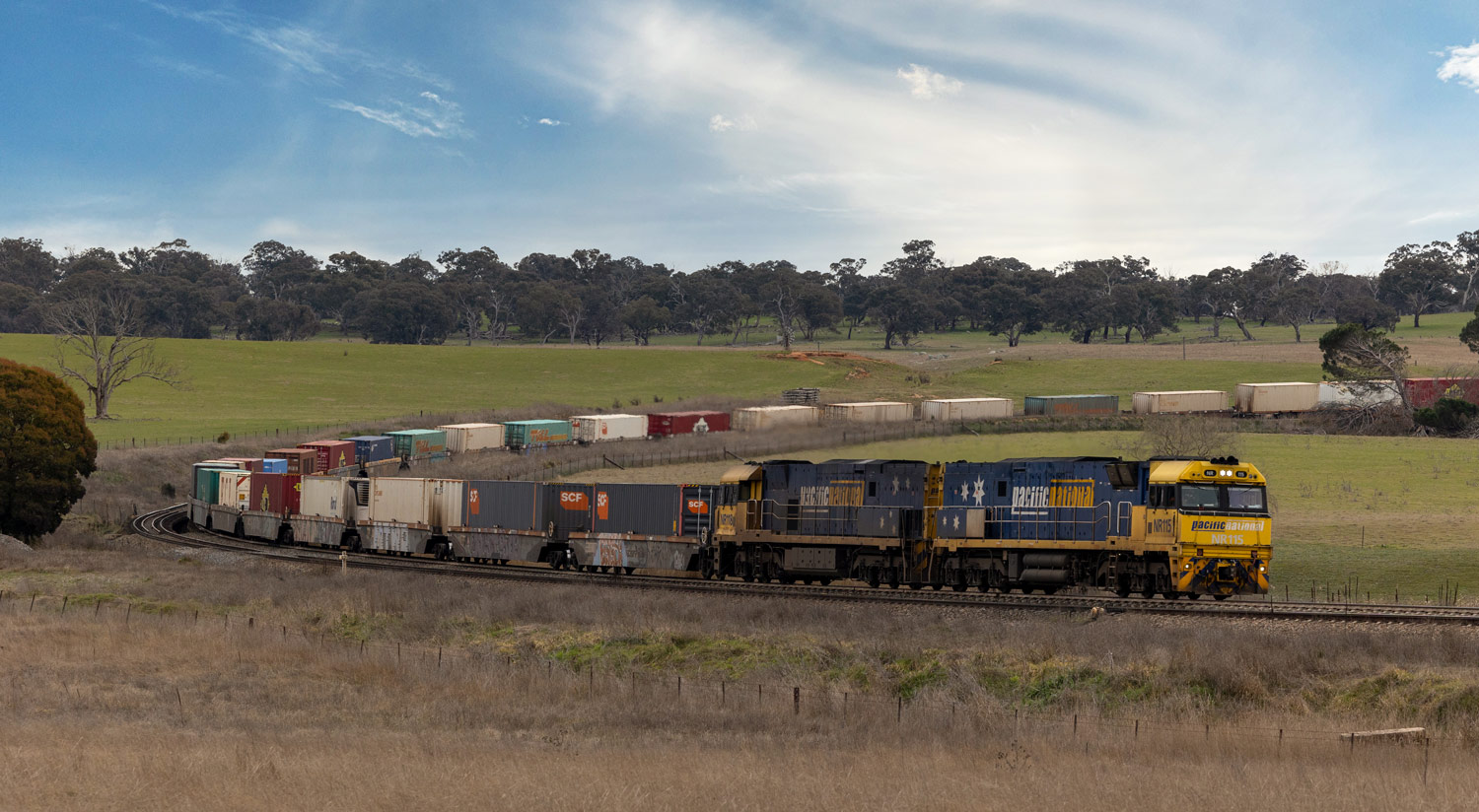
History of Australia's railway network
There is a lot to cover when looking at the rail history of Australia. Separate colonies on the mainland, private networks, and then government networks, multiple gauges, and the connection of each point on the compass in Australia by rail.
Let us give you the historical highlights.
The beginning of Rail in Australia
The first recorded railway dates from December 1831 in Newcastle, New South Wales. A railway, privately owned by the Australian Agricultural Company, served the A Pit coal mine.
In other States of Australia, the Victorian rail network and the wider New South Wales rail network opened in 1854.
The privatised networks in New South Wales and Victoria were soon found to not be profitable and were taken over by the respective governments.
The South Australian rail network, fully government-owned, opened in 1854 as well.
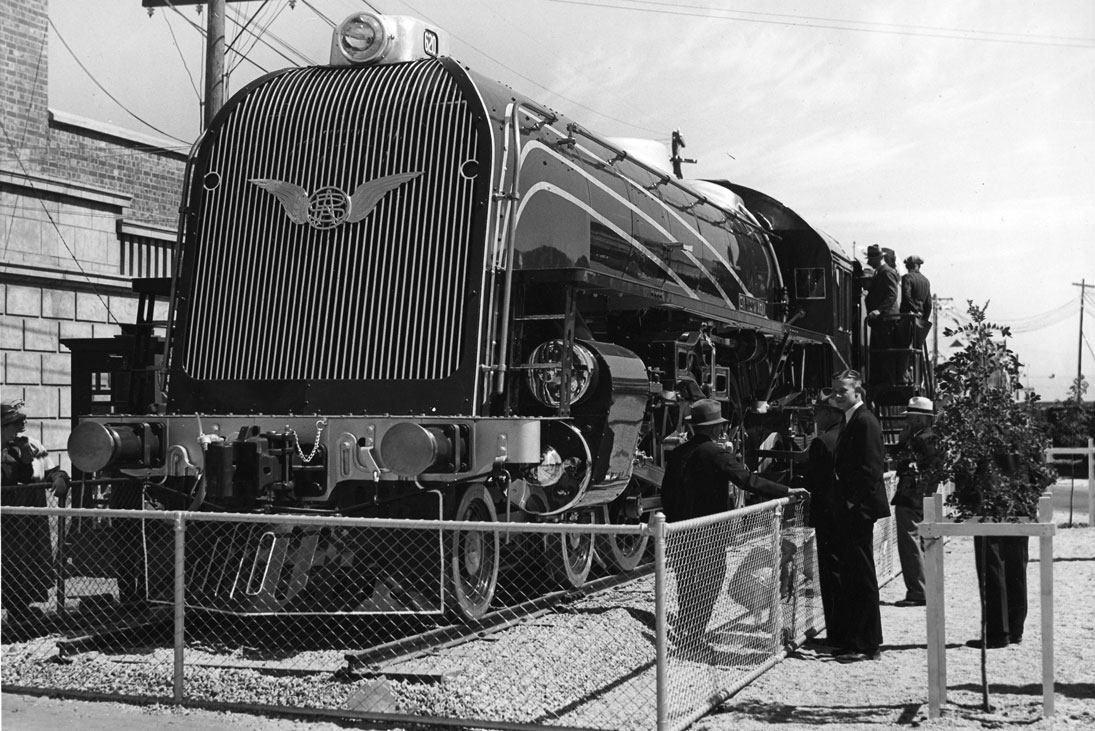
Broad Gauge locomotive 620 at the Centenary Exhibition 1936. Source: National Railway Museum.
Standard Gauges
The three colonies each built their three rail networks to three different gauges. This became a problem when they met in Albury in 1881 and Wallangarra in 1888.
The 20th Century saw the rail networks become one standard gauge, but it wasn't until 1995 that all mainland state capitals were joined by a single gauge rail link.
1995 saw the Melbourne to Adelaide rail line converted to standard gauge, the final piece in the national puzzle.
As of 2022, there are still around 12,000 kilometres of narrow gauge railways, 18,000 kilometres of standard gauge, and over 2,600 kilometres of broad gauge rail in Australia.
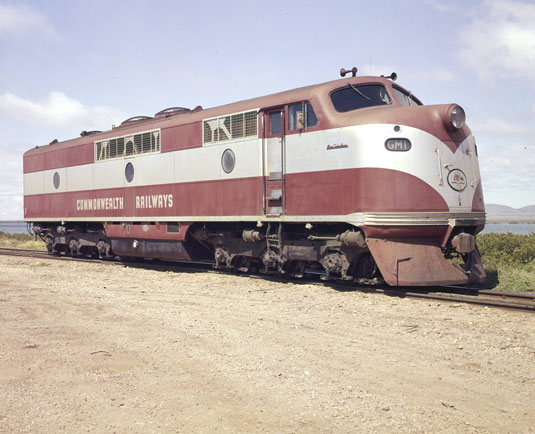
National Railway Museum Standard Gauge 1095 at Port Augusta
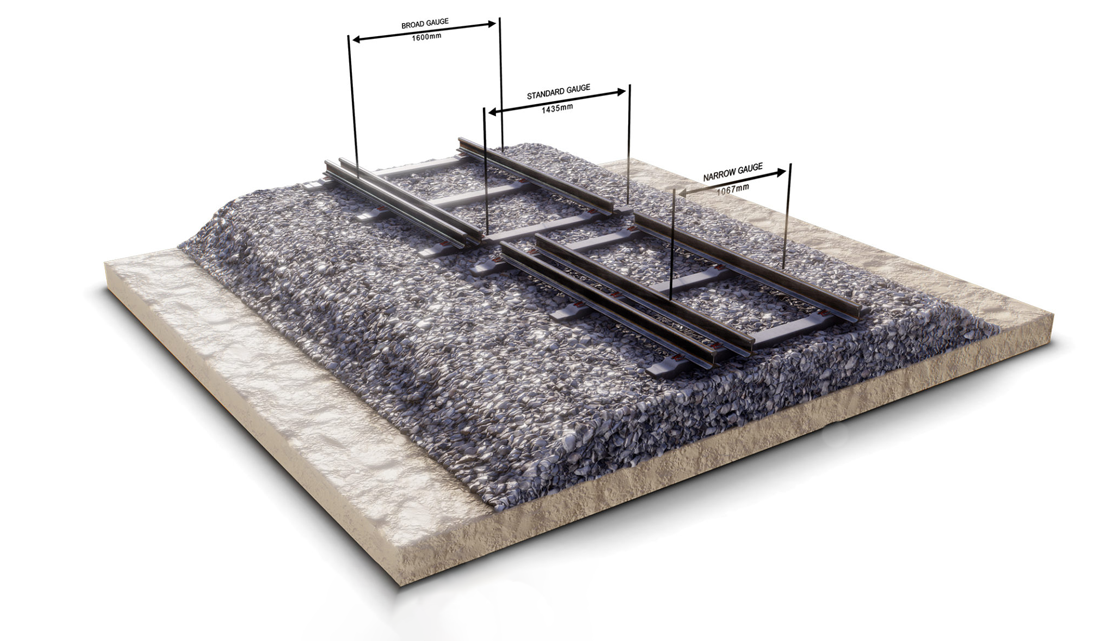
Source: ARTC
Privatisation of Rail
During the 1990's, much of this state-owned network and rolling stock were sold to private companies. The federally owned National Rail Corporation took over state-based rail networks. Its rolling stock and freight operations were combined with the New South Wales owned FreightCorp, and sold to Toll Holdings and Patrick Corporation in 2002.
State passenger and freight services were privatised as well. Many private rail companies were operating in Australia by the turn of the century.
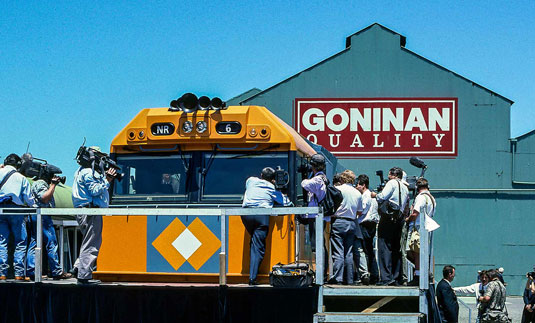
National Rail Corporation NR5 launch in Newcastle, NSW 1996. Source: John Kirk.
Pacific National

Pacific National was born in 2002 when National Rail (owned by New South Wales, Victoria and Federal governments) was combined with FreightCorp, owned by the New South Wales government.
In 2004 Pacific National purchased Australian Transport Network, and in the same year, purchased Freight Australia.
In 2006, Pacific National renewed the steel haulage contract with BlueScope and OneSteel for $1 billion, the largest ever freight rail contract in Australia.
In 2020 Pacific National acquired Acacia Ridge Terminal, and in 2021 they completed construction of the St Marys Freight Hub.
Aurizon

Branded as QR National until 2012, Aurizon is the world's largest rail transporter of coal from mine to port, moving on average of 700,000 metric tonnes of coal, per day.
A former Queensland Government company, it was floated on the stock exchange in November 2010.
In October 2021, Aurizon agreed to terms, and purchased One Rail Australia, and rebranded the acquired rail network as Aurizon Bulk Central, servicing South Australia and the Northern Territory state rail haulage.
As well as coal, Aurizon hauls bulk grain, iron ore and other general freight.
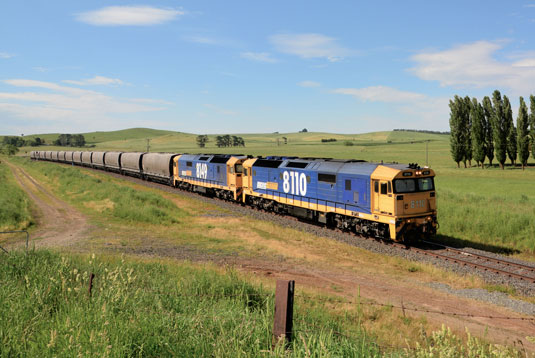
Pacific National train in New South Wales. Source: Jungle Jack.
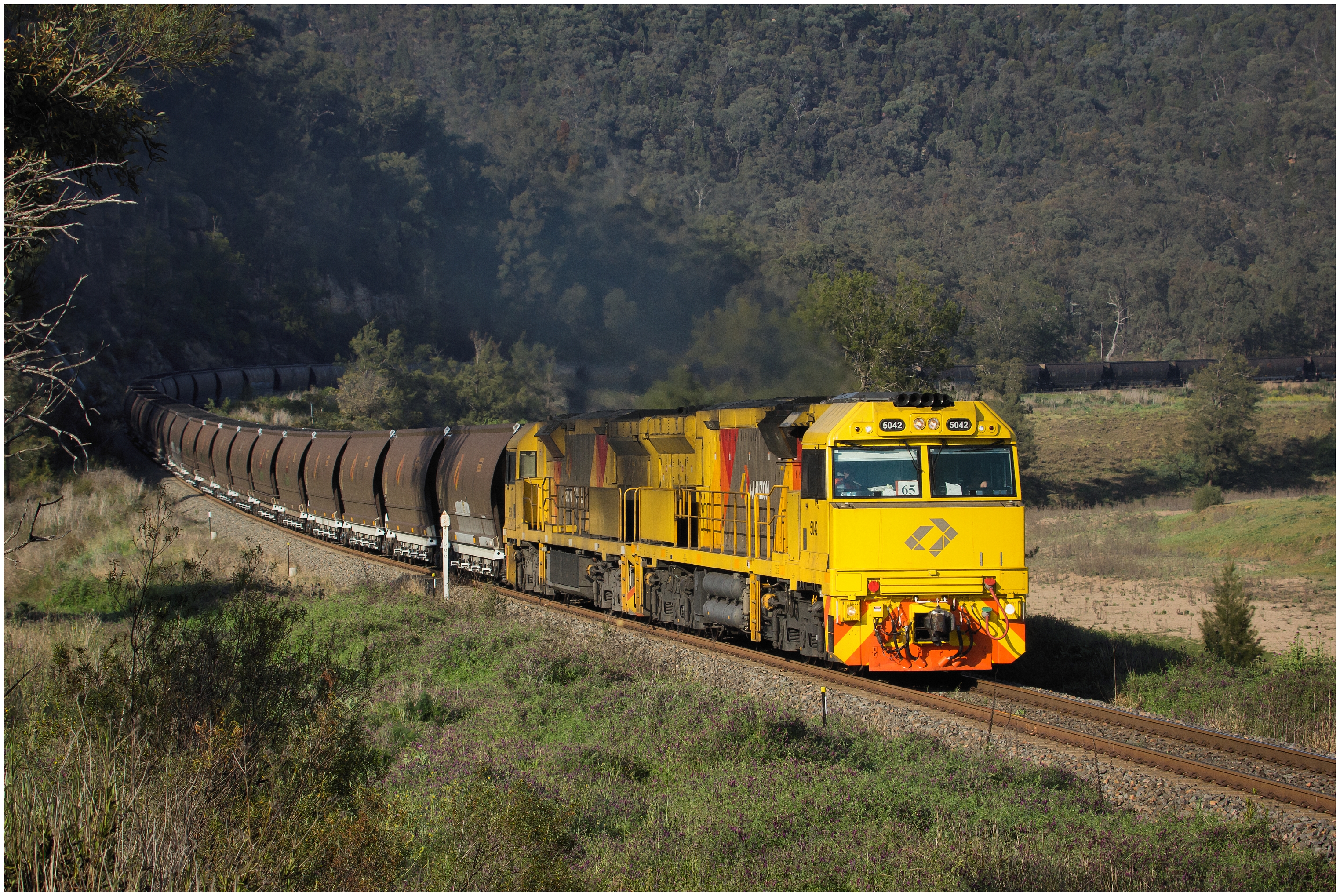
Aurizon train travelling the Ulan Line. Source: Steve Bromley.
SCT Logistics

SCT was founded in 1974 as Specialised Container Transport and currently operates Australia wide, with offices and facilities in Brisbane, Sydney, Melbourne, Perth, Adelaide and Parkes.
SCT is known for running freight on the long-distance tracks across the Nullarbor to Perth, with specially equipped locomotives that can refuel while on the move, and crew vans for accommodation, so the train doesn't need to stop while on the journey.
Bowmans Rail

This is a South Australian company, founded in 2003 as Bowmans Intermodal. It was a joint venture between Balco, a hey processor and exporter, and a logistics operator- Patric Corporation, each with a 50% ownership split. A railway terminal was built in Bowmans, South Australia.
Bowmans Rail transports lead, hey, grain and more, between Port Pirie, Bowmans and Port Adelaide.
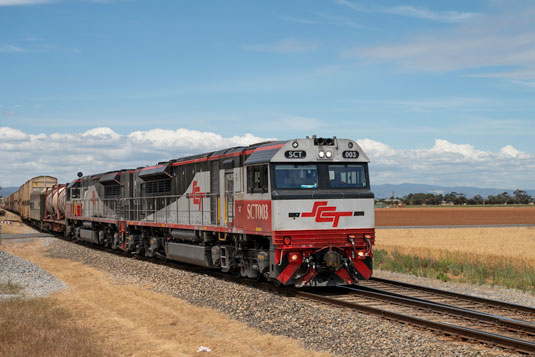
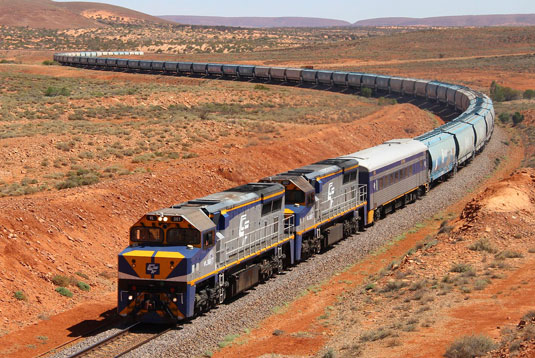
Bowmans Rail Service. Source: Dom Quartuccio
Southern Shorthaul Railroad

SSR operates out of New South Wales and Victoria. This company was established in 2003 when the Great Northern Rail Services were purchased from Chicago Freight Car Leasing Australia.
SSR has grain haulage and coal haulage as part of their operations.
Southern Shorthaul Railroad also refurbishes and repairs locomotives and rolling stock in its Bendigo workshops, north of Melbourne.
Qube Logistics

Qube Logistics operates road and rail transport and freight handling at 29 ports around Australia. It runs rail freight services in regional New South Wales and Victoria, as well as between Melbourne and Adelaide.
In January 2022 Qube was contracted to transport BlueScope steel from Port Kembla to Melbourne and Brisbane.
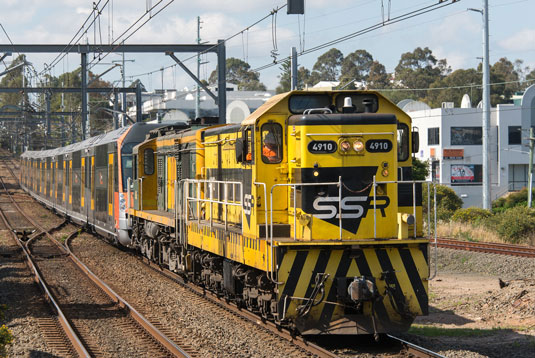
Southern Shorthaul Railroad arrival in Thornleigh, NSW. Source: Henry Owen.
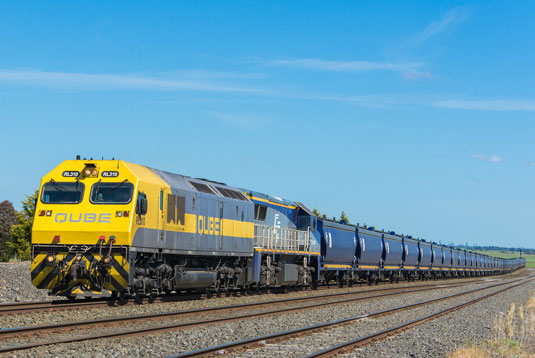
Qube Logistics in Beveridge, Victoria. Source: Henry Owen.
What is Australia's Reliance on Railway?
Australia has a big reliance upon the rail industry. In 2019 it contributed around $30 billion to the economy and employed more than 165,000 people directly and indirectly. There are over 900 businesses linked to the national rail industry located in 20 major hubs around Australia.
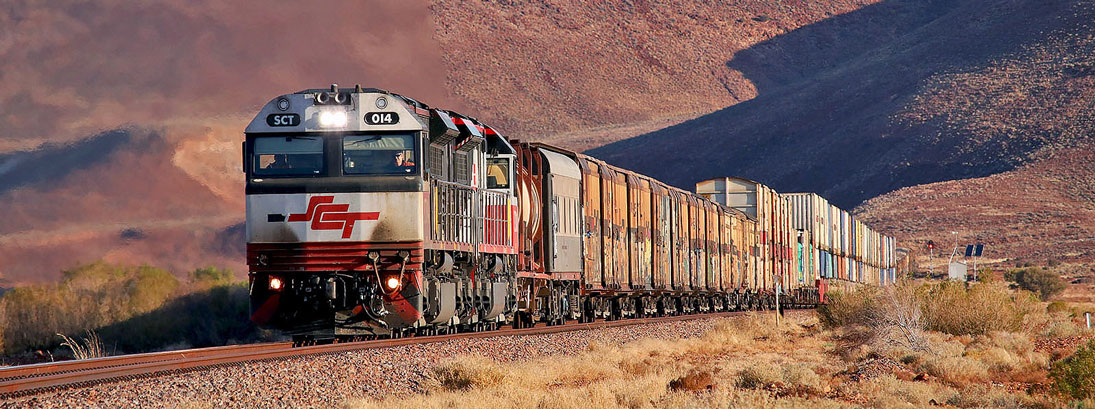
SCT Train passing Wirrappa, South Australia on the Trans Australia Railway to Perth. Source: Bingley Hall
For passengers services, it is estimated demand for rail transport will grow by 16% to the year 2026. Factors that show the benefit of rail transport include:
- Lower Carbon Emissions. Every passenger on a train saves 50 grams of CO₂ per kilometre travelled.
- Safety. Every person who travels by train reduces road accident costs by about $1.37.
- Lower Congestion. Each passenger riding a train reduces travel time on the roads by about 28 minutes. This time is valued between $3 and $10 depending on the city and the population size.
The use of rail for freight in Australia is growing as well. There was a 4.1% increase of freight use of rail between 2017 and 2020, and it is predicted to grow by 41% by 2030.
The more freight that is transported by rail reduces the number of heavy vehicles on the road. Road accident costs are 20 times higher than rail for every tonne of freight moved. Freight moved to rail, from road, between Melbourne and Sydney, reduces accident costs by around $109.
Want to take a deep dive into rail in Australia? The Bureau of Infrastructure and Transport Research Economics have released a report, Rail Trainline, that analyses rail and its importance to Australia's freight task. Take a look at the link below.
Did you know?
Did you know that the world's longest stretch of completely straight track is in Australia? The train line between Adelaide and Perth has a 478 kilometre long stretch of rail that is completely straight. It can be seen from space!

With the introduction and broad industry of refrigerated containers, even temperature sensitive food such as fresh produce, packaged meat, milk and other diary products can be transported across the country without spoiling.
Grains and other farm-based products fall under this category, and rail transports more than 9 million tonnes of grain to port terminals around Australia each year.
Cattle and livestock are increasingly transported long distances by rail. Queensland is investing in rail transport for its beef industry, and the Northern Territory is hopping on board to increase the use of the existing rail network in transporting big numbers of cattle.
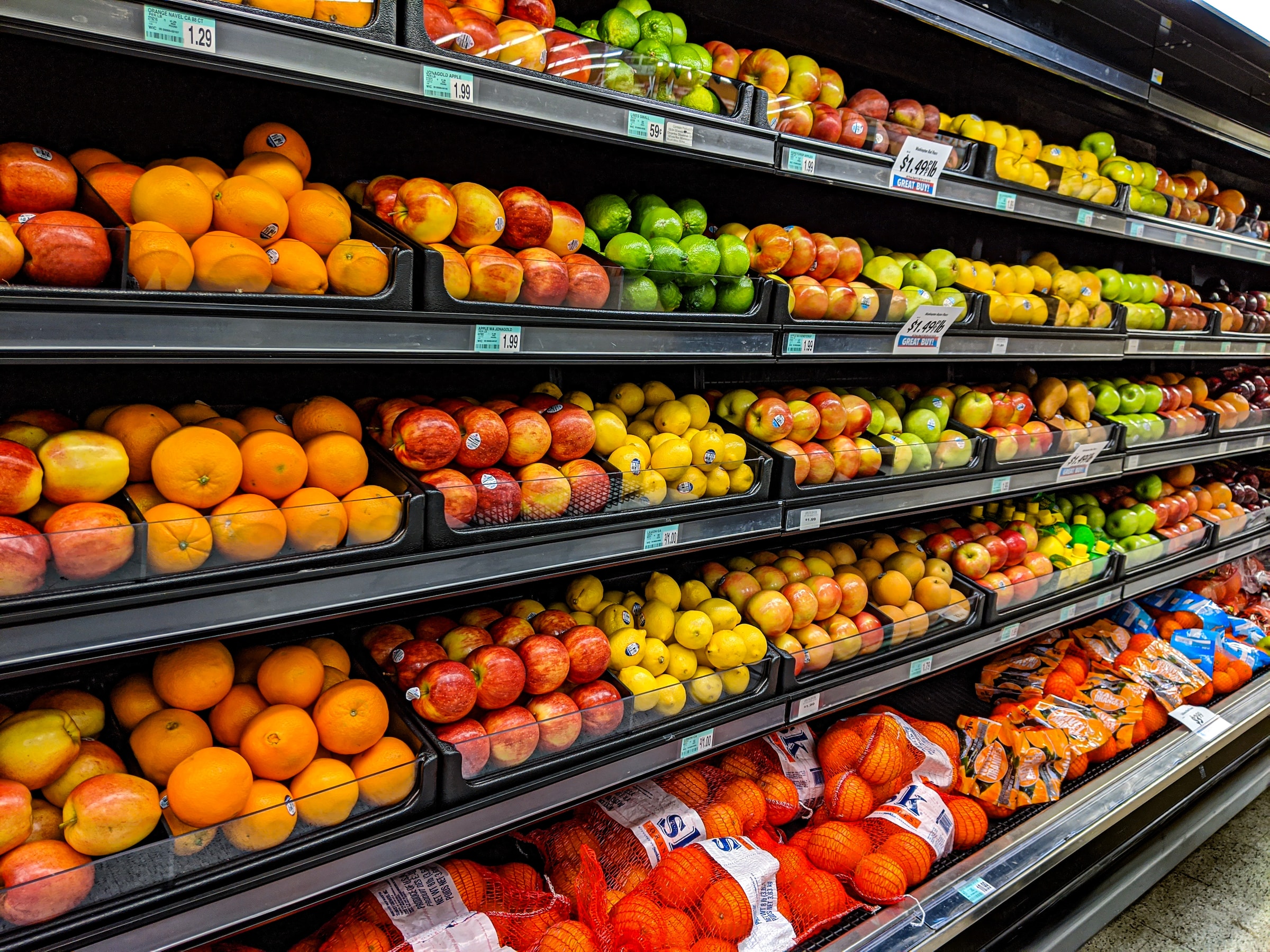

The sheer amount of freight that can be hauled long distances by train means that transporting fashion is usually done by road. However, for chain stores and fast fashion, getting the latest item of stock from the Sydney Docks to your Perth outlets means you will be using rail transport.
Companies like National Freight Management offer bulk freight services for fashion, transported Australia-wide.
Big ticket items such as large machinery and industrial equipment are often transported long distances by rail. So too, computer equipment, semiconductors and such, in bulk.
Car transport was a big part of tech freight, from factories to big city hubs, before the car manufacturing industry shut down in Australia.
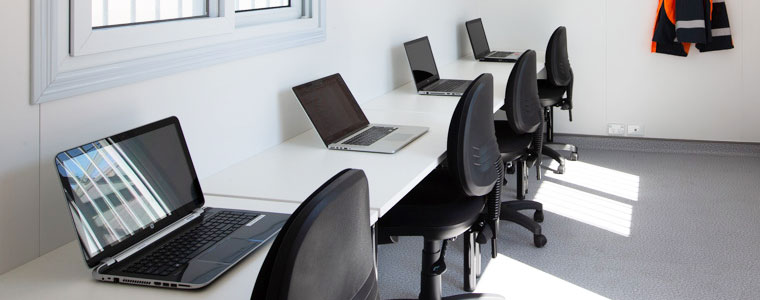
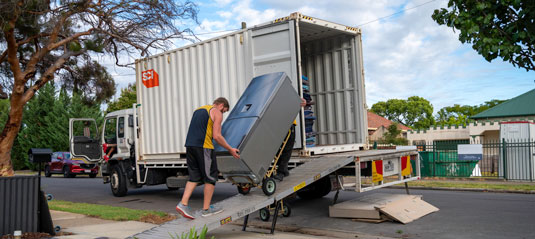
When large shipments of white goods arrive in port from overseas, rail transport is used to take containers to cargo hubs around the country.
Transporting large numbers of imported goods by rail, such as white goods and furniture, is cost-effective over long distances, and helps keep prices down.
Bulky medical equipment, such as MRI or X-ray machines, can be transported long distances at lower costs. Often, the steady and consistent nature of rail, as opposed to bumpy and windy roads, is a benefit to keeping medical equipment safe and secure.
And speaking of secure, cargo containers and rail transportation can be made far more secure than road transport, which is good for sensitive pharmaceuticals.
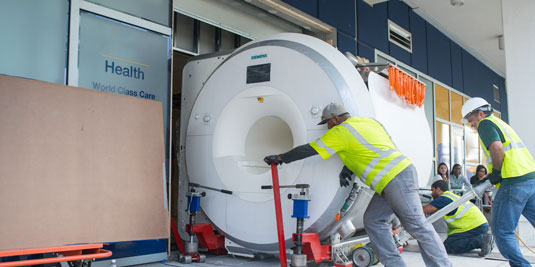
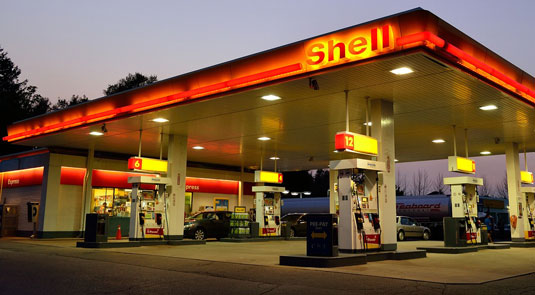
Dangerous liquids and chemicals are transported on Australia's rail networks, governed by extensive rules and regulations. While the federal government oversees the transport of hazardous material by air and sea, it's the states and territories who have responsibility over road and rail.
Diesel and other fuels are carried by rail to remote mining operations. This is done because more fuel can be transported in a single trip than can be delivered by road.
#1 Better for the environment
Rail transport produces sixteen times less carbon pollution per kilometre than road freight transport.
#2 Less congestion
Each freight train means trucks can be relied upon for shorter haul or express trips, which helps with road safety.
#3 Cost-effective
Rail is three times more efficient than road. Changing from road transport to rail transport can save your business up to 40% in transport costs over the long term.
#4 Can carry more
More powerful trains can carry more freight. A typical freight train can carry 300 shipping containers, while a truck can carry only 3 to 10 containers.
#5 Connecting communities
Where a train station is built, a community exists. Transport hubs, freight hubs and hundreds of complementary businesses and jobs appear where there is a rail network and connection.
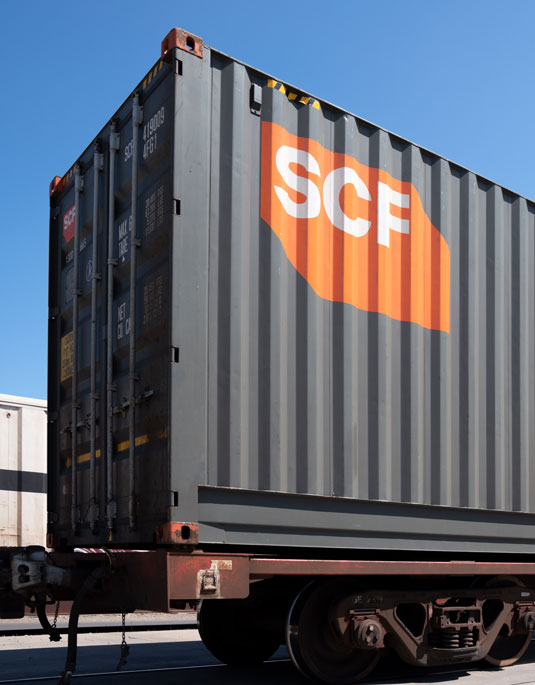
Map of Australian Road and Railway Network

The Future of Australia's Network
Engineers Australia produced a discussion paper about the Future of Rail Transport.
Some key takeaways from this include:
- Develop a land-based national strategy, positioning rail as the preferred high-capacity transport of choice.
- States and territories to plan and develop rail corridors, hubs and spokes, designed in collaboration with the first recommendation.
- Develop and create centres of excellence for advanced manufacturing of rail and other transport industry stock.
- The creation of a National Rail Test Facility, to test ideas and systems to enhance and improve Australia's rail network, and to export knowledge and technology to the world.

Australia has a rich rail history that is celebrated still, just look at The Cockle Train in South Australia, Puffing Billy in the Dandenongs, outside Melbourne and the Zig Zag Railway near Lithgow, NSW.
We also have a very bright future of rail transport. Investment is on the increase and visibility of the benefits of rail transport are becoming better understood.
Subscribe & stay informed
Receive the latest in products, trends, news, events and tips.

